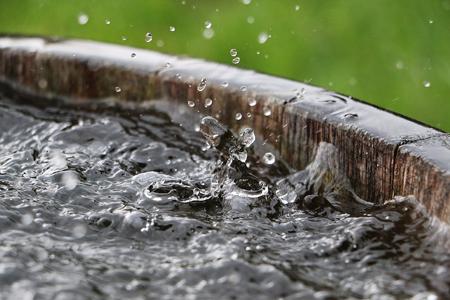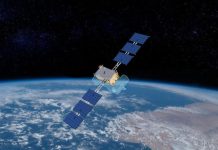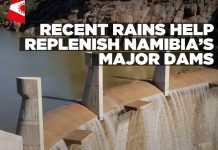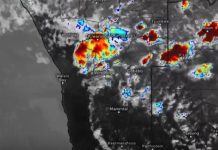Africa-Press – Namibia. Water scarcity is perceived to be a global threat to humanity and its existence in recent years. Global water coverage is estimated to be approximately 71%, but only a total of 3% is freshwater. That makes potable water scarce and not so sufficient to cater for the ever-rising world population.
A lot of discussions and suggestions have been made in attempts to address the water scarcity problem. In recent years, Namibia has focused mainly on seawater desalination as a source of availing potable water for its people. Yes, the potential for such an innovation is there and its effectiveness is somewhat guaranteed, but whatever setbacks there are, we can’t fully grasp them at this moment.
Since seawater desalination is expensive and cannot be achieved on an individual basis, in this piece we will discuss a much cheaper method of “rainwater harvesting” to avail potable water, and at the same time a possible solution to water scarcity in Namibia. Rainwater is a relatively clean water source and with necessary caution, it can be even used for potable consumption. Importantly, it is a free source and can be collected in a considerable quantity from roof catchments and other pavement areas, and be used for various purposes. However, a large capacity water storage tank or man-made dam would be required. Although the country is geographically referred to as a dry place and does not really receive significant rainfall, this method could still be effective and achievable by most of the communities.
In Namibia, water is scarcer in rural areas compared to urban areas. More inhabitants in the rural areas still depend on boreholes, wells and oshanas for water consumption, and only a few have clean water. Yet, you find a lot of buildings or possible catchment structures erected in homesteads in such places. It’s a scenario we would relate to an Oshikwanyama language proverb “Enota ola lya omukwati womafuma”, which simply means someone who catches frogs which are actually in the water once died of thirst. In this case, we would say the resources for possible small-scale rainwater harvesting are there, but the people are failing to use them. This could be related to the fact that people are not well- informed of such an innovative approach towards water scarcity problem-solving. Thus, this article should awaken new ideas of possible water management approaches.
Harvested rainwater could be stored and used during late dry seasons when the only reliable water sources in most rural areas have run dry. On a national level, rainwater harvesting can play a big role in agricultural production, which includes both livestock and crop production as well as aquaculture for countries that have fast-growing aquaculture sectors. This can only be achieved when the government gets involved and invests in such a very promising approach. Every now and then, we see newspaper reports on entities and individuals with water debts in various towns around Namibia. Only if we could be smart enough as a country or as individuals and make use of this approach, especially in areas which receive more rainfall in the country. One could only imagine how much money would be saved when making use of rainwater harvesting.
Population dynamics imposed heavy pressure on freshwater resources through increased water demand and pollution. In some countries, it has become a mandate for architectural designs to include a rainwater harvesting catchment structure in building plans. This has been initiated primarily for urban water management, but now states are gradually taking advantage of it by constructing large storage dams for harvested rainwater. This idea could also be adopted in urban areas’ building plans for towns which receive rainfall in Namibia. In doing this, more water would be available for household use and other uses such as for watering backyard gardens, which are becoming sources of food in most urban area houses. Thus, this approach should not only be considered in rural areas as we emphasised earlier, but it can as well be practised in urban areas.
The quantity of rainwater harvested is known to depend on the amount of rainfall and the roof catchment area. More rainfall would mean more rainwater harvested, and large roof catchment areas would mean more harvesting of rainwater too. On the other hand, the quality of rainwater harvested depends on the roof type, level of atmospheric pollution, geographical location, storage container size and local climate. We will touch a bit mainly on the level of atmospheric pollution. Areas which are in the vicinity of mines such as Tsumeb and Otavi would most certainly not receive high-quality rainfall. Rainwater in these areas tend to be contaminated and not safe for human consumption. Thus, there will be a need for further water quality testing. All in all, if the potential for rainwater harvesting is there for various countries, then we believe it is definitely there for Namibia as well.
For More News And Analysis About Namibia Follow Africa-Press






